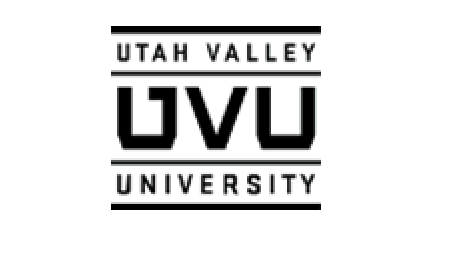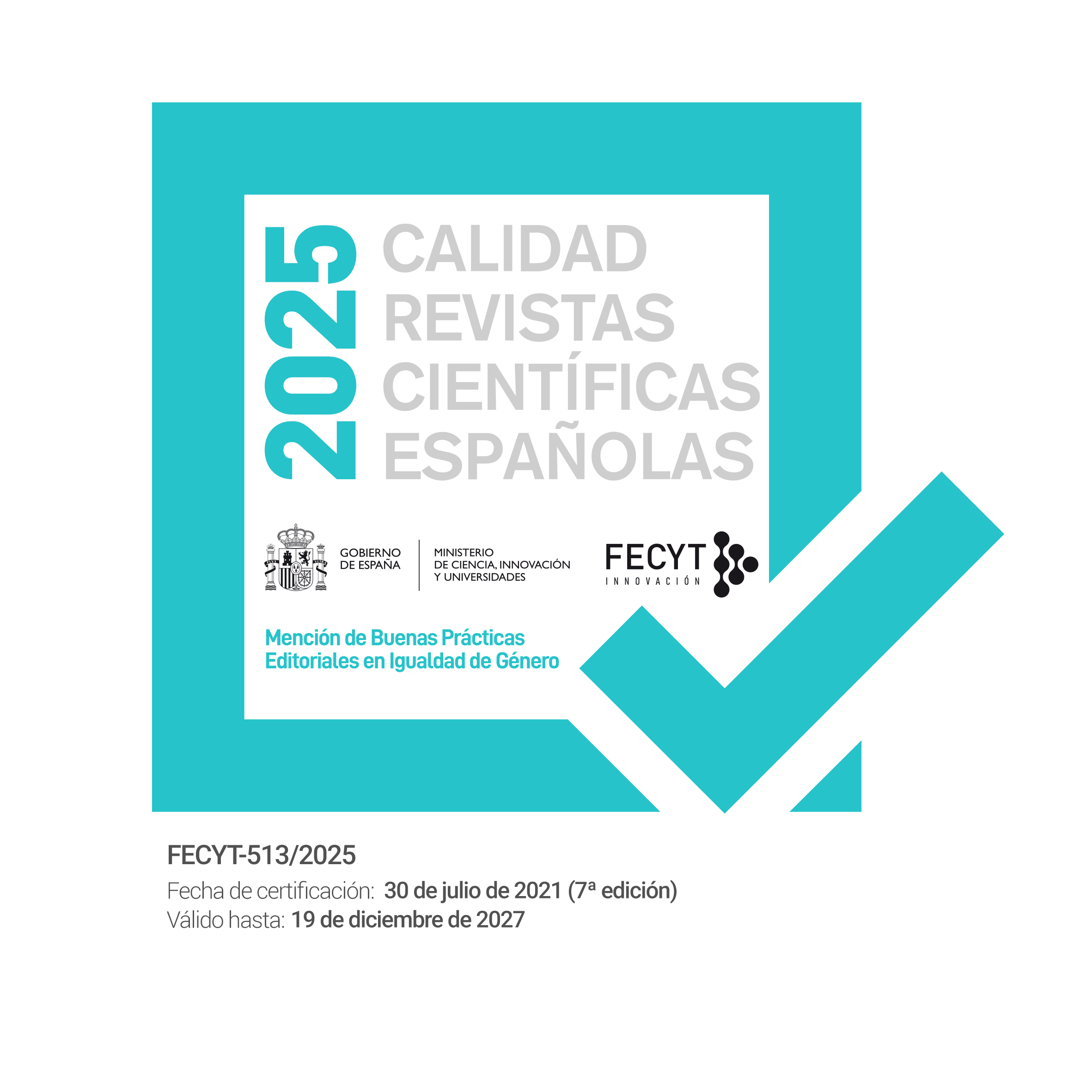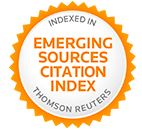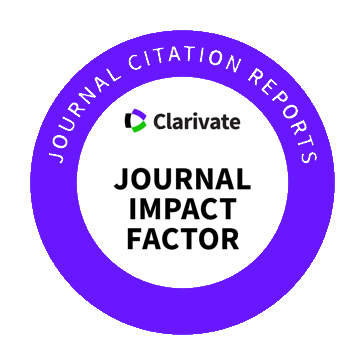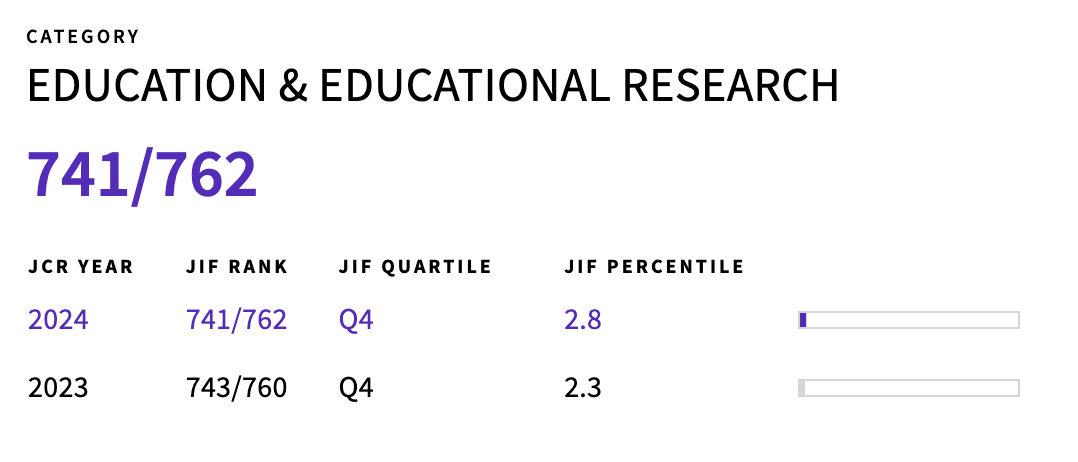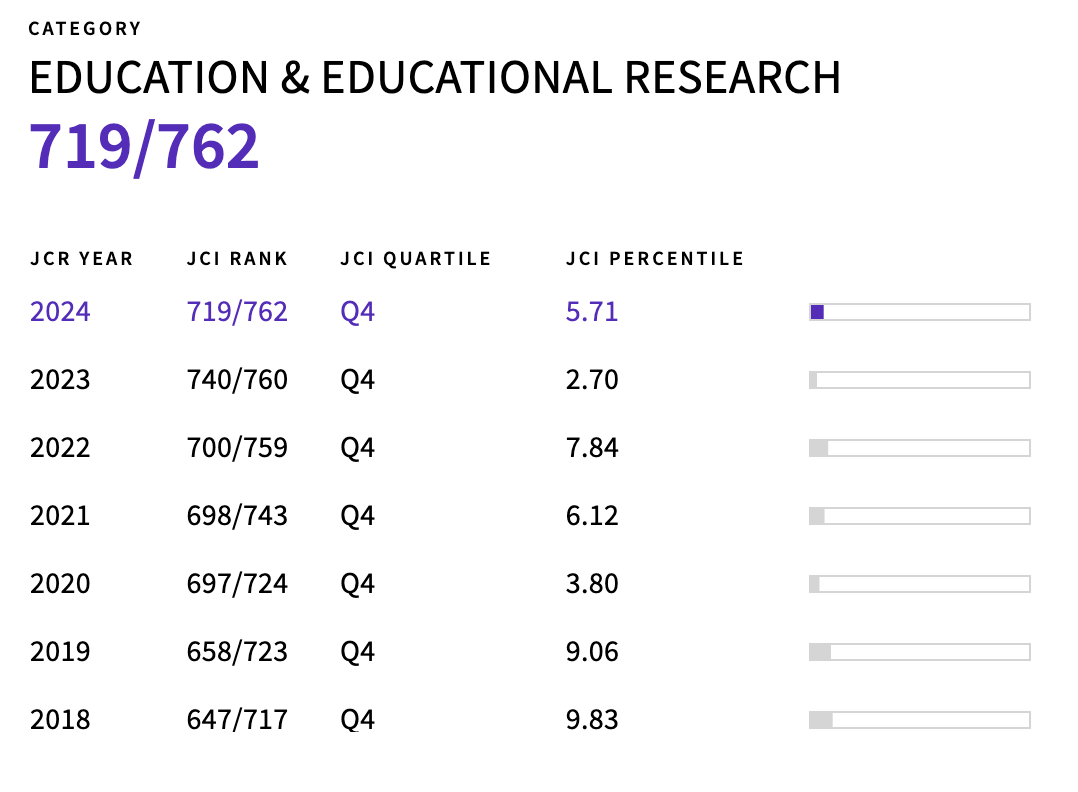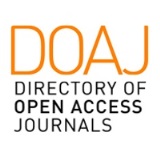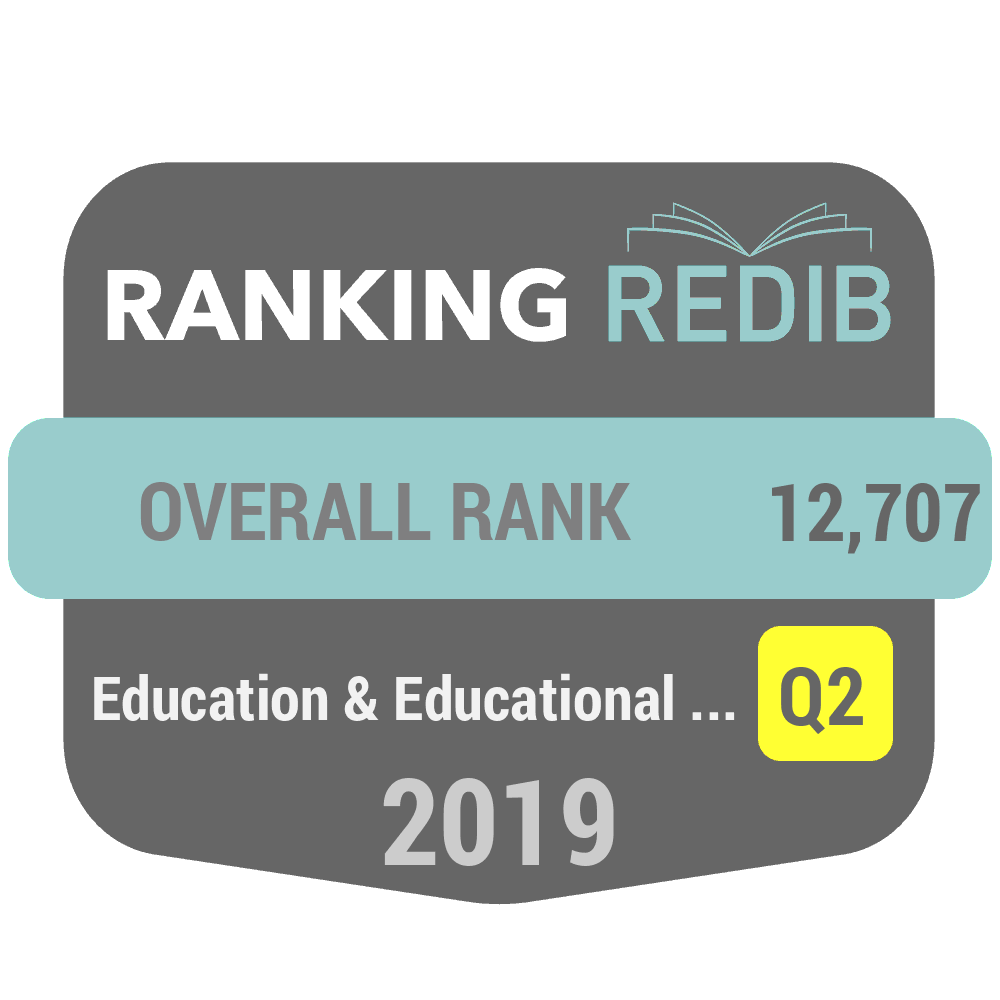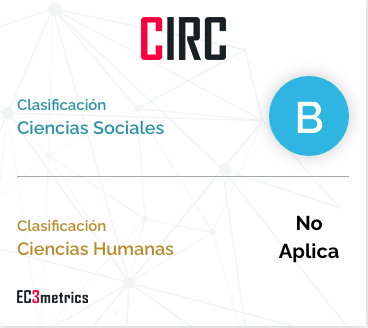Gap in gender equality in secondary education classrooms. Artistic education
DOI:
https://doi.org/10.55777/rea.v17i33.4584Keywords:
SDGs, Musical education, Interdisciplinarity, Co-education, CompetenciesAbstract
Artistic education is not just entertainment, its benefits are already known from multiple and different investigations. On the other hand, education cannot be understood in a fragmented way. Employability, transformation, co-education, innovation or creativity are part of the comprehensive training of people, trying to avoid any gap in gender equality. Our proposal is based on research in the field of secondary education and with the collaboration of teacher-students of music, plastic and visual arts and physical education. The theoretical framework supported the hypothesis about the need to take music as an interdisciplinary subject to improve educational quality, within the framework of attention to gender equality. A mixed qualitative-quantitative was chosen, with a small sample. The results indicate that there is still a gap regarding gender equality associated with some educational activities. The conclusions led us to propose, on the one hand, a necessary reflection on the curriculum, and on the other hand, the possibility of including an option aimed at improving training regarding coeducation. In relation to the Sustainable Development Goals (SDG), music education is considered as a facilitating tool for interdisciplinarity between the arts and other subjects of secondary education.
Downloads
References
Álvarez García, Francisco J. y Nieto-Miguel, Ignacio. (2022). Arte y educación artística: Una reflexión sobre la creatividad y la interdisciplinariedad de los lenguajes artísticos. Artseduca, (31), 251-262. http://doi.org/10.6035/artseduca.603
Altun, Zühal, D., & Eyüpoglu, Gülçe (2018). Investigating Views and Practices of Music Teachers' about Inclusive Education. Journal of Education and Training Studies, 6(11), 83-94. https://eric.ed.gov/?id=EJ1191629
Ayala Herrera, María y del Castillo Ferreira Mercedes, (2008). Música, interdisciplinariedad e inclusión social. El friso sonoro como propuesta de aplicación en el aula. Actividades lúdicas em contextos culturais: interdisciplinaridade e inclusao. Capivari De Baixo (Brasil): Fucap. (127-136).
Barbera, N., y Inciarte, A. (2012). Fenomenología y hermenéutica: dos perspectivas para estudiar las ciencias sociales y humanas Multiciencias, 12 (2), 199-205, Venezuela: Universidad del Zulia.
Boichenko, Maryna, Nikolai, Halyna, Linenko, Alla, & Koehn, Natalya (2020). Interdisciplinary Coordination in Historical-Theoretical and Music-Performing Training of Future Musical Art Teachers. Journal of History Culture and Art Research, 9(1), 225-235. https://doi.org/10.7596/taksad.v9i1.2434
Carbó Ribugent, Gemma, Servalls Munar, Roser (2021). Artistic and Cultural Education for Sustainable Development: A Case Study from a Rural Life Museum in Spain. In: Wagner, E., Svendler Nielsen, C., Veloso, L., Suominen, A., Pachova, N. (eds) Arts, Sustainability and Education. Yearbook of the European Network of Observatories in the Field of Arts and Cultural Education (ENO). Springer, Singapore. https://doi.org/10.1007/978-981-16-3452-9_3
Cuervo, Laura (2018). Study of an interdisciplinary didactic model in a secondary education music class. Music Education Research, 20(4), 463-479. https://doi.org/10.1080/14613808.2018.1433148
Fox, David (1981). El proceso de investigación en educación. Pamplona: EUNSA.
Heras, María (2022). Art and Connectedness within Sustainability: Educating Through Aesthetic Pedagogies. In: Vare, P., Lausselet, N., Rieckmann, M. (eds) Competences in Education for Sustainable Development. Sustainable Development Goals Series. Springer, Cham. https://doi.org/10.1007/978-3-030-91055-6_18
Iverson, Brittany (2011). Music and gender: A qualitative study of motivational differences at the upper elementary level. Visions of Research in Music Education, 18. Disponible en http://wwwusr.rider.edu/vrme~/ (Fecha de consulta: 5/7/18).
Javeau, Claude (1982): L'enquête par questionnaire : manuel à l'usage du praticien. ISBN: 2-8004-0771-9. Bruxelles : Éd. de l' Université de Bruxelles ; Paris : Éd. d' Organisation
Martínez Lirola, M. (2020). Hacia una educación inclusiva: formación del profesorado de primaria enmarcada en los ODS que potencian la igualdad de género. Revista Iberoamérica de Educación. https://doi.org/10.35362/rie8223596.
Sánchez Torrejón, Begoña, Álvarez Balbuena, Ana y Escribano Verde, María (2021). Logros y desafíos de la (co) educación: un camino violeta por recorrer. Revista de Estudios Socioeducativos. ReSed, (9). http://doi.org./10.25267/Rev_estud_socioeducativos.2021.i9.10
Sierra Bravo, Restituto (1988): Técnicas de investigación Social. Teoría y Ejercicios. Paraninfo, Madrid. 306
Sjöqvist, Anna, Göransson, Kerstin, Bengtsson, Karin & Hansson, Susanne (2021). The arts: a precious part of special education? How principals value and organise arts education in compulsory school for pupils with intellectual disability in Sweden. European Journal of Special Needs Education, 36(3), 454-468. https://doi.org/10.1080/08856257.2020.1764809
Suominen, Anniina, Hiltunen, Mirja & Anttila, Eeva (2021). Arts Education Research, Projects and Pedagogy of Three University Programmes in Finland. In: Wagner, E., Svendler Nielsen, C., Veloso, L., Suominen, A., Pachova, N. (eds) Arts, Sustainability and Education. Yearbook of the European Network of Observatories in the Field of Arts and Cultural Education (ENO). Springer, Singapore. https://doi.org/10.1007/978-981-16-3452-9_2
Valdebenito, Lorena (2013). Educación Musical y Género: Una perspectiva inclusiva- desde el currículum de aula. Revista NEUMA. 6,2. Universidad de Talca, pp. 58-66. Disponi-ble en http://musica.utalca.cl/DOCS/neuma/2013-2/neuma%20n%C2%BA2%2058-67.pdf
Valdés Morales, René y Gómez-Hurtado, Inmaculada (2019). Competencias y prácticas de liderazgo escolar para la inclusión y la justicia social. Perspectiva Educacional, 58(2), 47-68. http://dx.doi.org/10.4151/07189729-vol.58-iss.2-art.915
Vernia-Carrasco, Ana M. (2019). Las músicas en la formación de los maestros y maestras en educación primaria. ¿Puede la música concienciar en la diversidad de género? Dossiers Feministes, 25, 2019, 43-56 - ISSN: 1139-1219 - e-ISSN: 2340-4930 - DOI: http://dx.doi.org/10.6035/Dossiers.2019.25.
Vernia-Carrasco Ana M. (2020). La educación musical y cultural para los ODS. ArtyHum, 1, 293-309. https://dialnet.unirioja.es/ejemplar/567796
Vizcaíno Zúñiga , P. I., Cedeño Cedeño , R. J., & Maldonado Palacios , I. A. (2023). Metodología de la investigación científica: guía práctica. Ciencia Latina Revista Científica Multidisciplinar, 7(4), 9723-9762. https://doi.org/10.37811/cl_rcm.v7i4.7658
Wang, Bin & Li, Ping Ping (2021). Interdisciplinary approaches to arts education: Exploring the link between creative thinking and mastering exact sciences. Thinking Skills and Creativity, 42, 100968. https://doi.org/10.1016/j.tsc.2021.100968
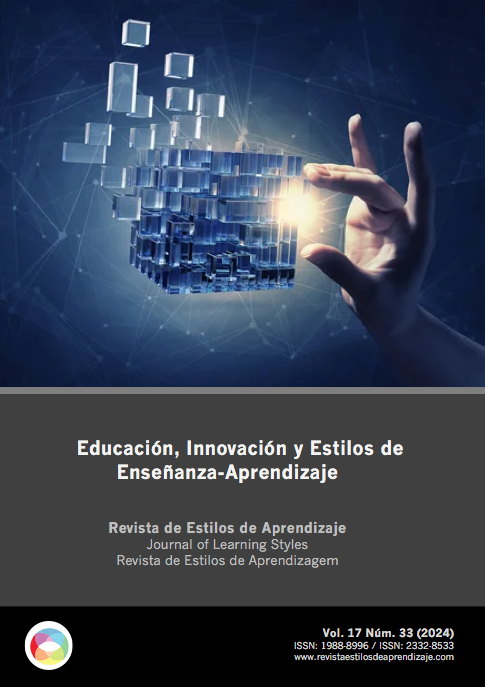
Downloads
Published
How to Cite
Issue
Section
License
By submitting the original, the author(s) declare that they are aware of and accept, in full, the privacy policy as well as the copyright of the Learning Styles Magazine.
The Learning Styles Magazine offers free and open access to its content, completely free of charge, in order to bring scientific research to its readers and society in general. All digital contents are free and open access and are published under a Creative Commons license:

Rights are granted under the Creative Commons Reconocimiento-NoComercial-SinObraDerivada 4.0 Internacional (CC-BY-NC-ND 4.0)
The Learning Styles Magazine is an open access journal. Publication of articles or reviews in the Journal does not entitle you to any remuneration. For authors as well as readers, the journal is free Creative Commons Reconocimiento-NoComercial-SinObraDerivada 4.0 Internacional (CC-BY-NC-ND 4.0).
With this licence, the reproduction and dissemination of the contents of the magazine for educational, social and knowledge transmission purposes is permitted, without any profit motive in mind, provided that the source and authorship are not modified. The licence granted to Learning Styles Magazine allows the copying and distribution of the magazine's contents, as long as the authorship of the work is recognised, correctly specifying the author and the publishing entity. The work may not be used for commercial purposes, nor may it be altered, transformed or generated from this work.
The publication of articles or reviews in the Journal does not give the right to any remuneration.
The Learning Styles Journal invites the author/authors to increase the visibility and scope of their articles published by re-disseminating them in:
- Web spaces and personal networks, as well as in scientific meetings and forums
- Open institutional archives in Universities, educational repositories and Research Centres.
- Academic and scientific networks (Researchgate, Academia.edu, Plubons, etc.)
All these spaces and publications must include all the bibliographic data of the publication.


